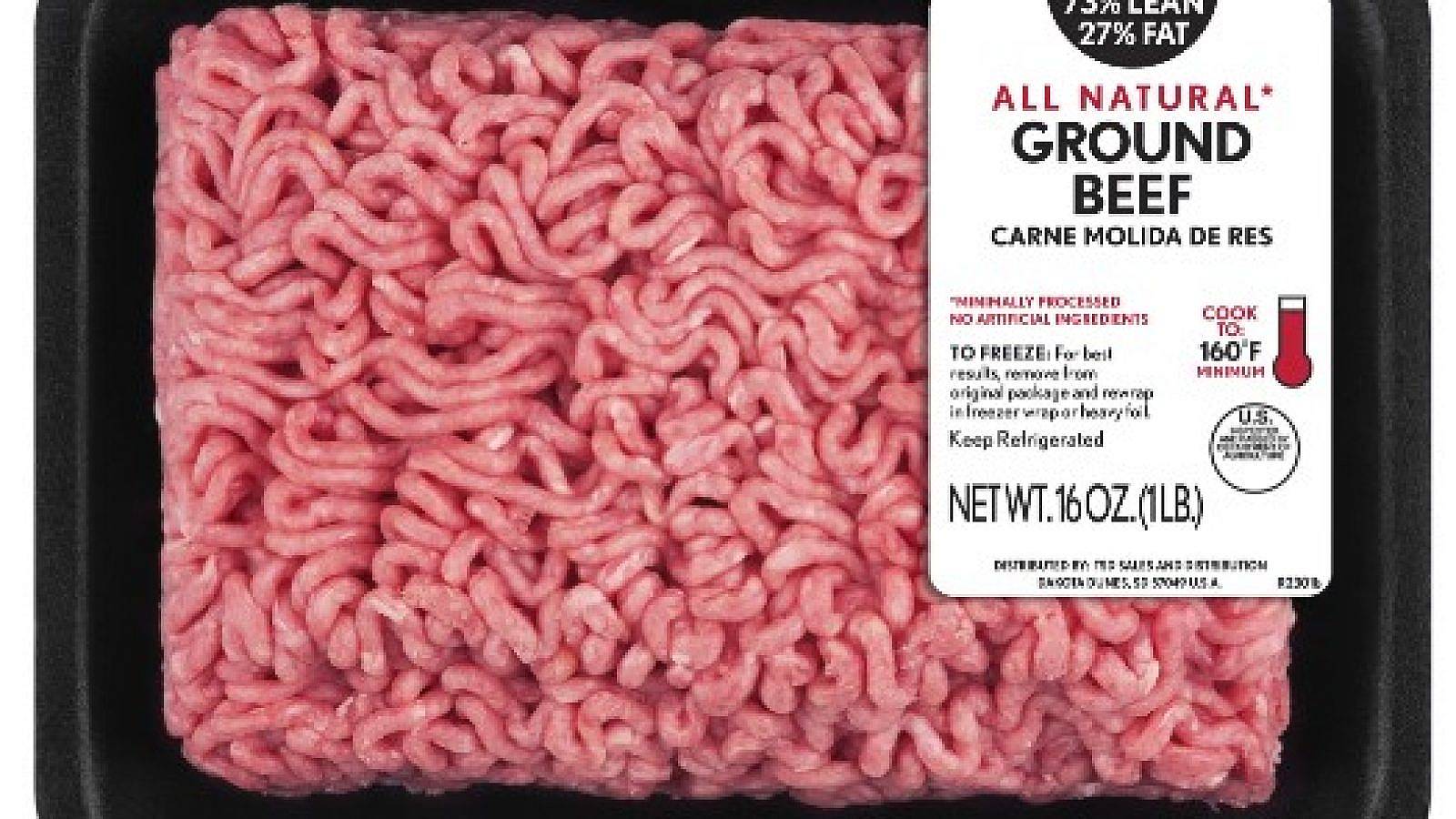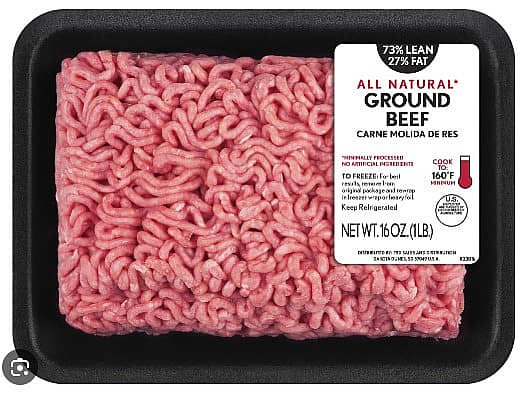WASHINGTON, D.C. – USDA’s projections in the May 12, 2023 WASDE report estimate for very large corn and soybean crops this season, and a modestly higher all-wheat harvest.
That’s good news for the cattle and beef industries For 2024, cattle prices are forecast above 2023 on tighter supplies. The 2023 cattle price forecast is raised on recent data and tighter supplies expected later in the year.
LIVESTOCK & POULTRY:
Total U.S. red meat and poultry production for 2024 is forecast one percent below 2023, as lower beef and fractionally lower pork production offsets higher poultry production. Beef production is forecast lower with expected declines in both fed and non-fed cattle supplies.
Pork production is forecast slightly lower. Weaker expected farrowings in second-half 2023 will constrain production growth in the first part of 2024, but higher hog prices and lower expected feed prices during 2023/24 are expected to stimulate a modest increase in 2024 farrowings, supporting higher production in the latter part of the year.
Higher forecast broiler production reflects declining feed costs and tight supplies of alternative meat proteins. Turkey production is projected higher as the sector continues to recover from Highly Pathogenic Avian Influenza. Egg production is forecast higher with flock rebuilding.
Total red meat and poultry production forecasts for 2023 are raised from last month. Higher beef, pork, and broiler production more than offset a reduction in turkey.
Beef production is raised on recent slaughter data and larger-than-previously-forecast first-half placements, supporting higher slaughter of steers and heifers in the second half. Cow slaughter is raised as well, as forage supplies remain tight despite some improvements in pasture conditions.
Pork production is raised slightly on recent production data.
Based on recent slaughter and hatchery data, broiler production was lowered for the second quarter, but raised for the second half of the year as feed prices are expected to decline and second-half prices remain steady.
Turkey production forecast is lowered on recent hatchery data.
For 2024, beef exports are down from 2023, on lower production. Beef imports are projected higher on tight domestic supplies.
Pork imports are slightly higher, while exports are lower, with offsetting gains in several markets.
Broiler and turkey exports are both forecast higher on increased production. For 2023, beef, pork, and broiler exports are raised largely on recent trade data.
For 2024, cattle prices are forecast above 2023 on tighter supplies.
Hog prices are forecast higher on improved demand and slightly lower supplies.
Broiler and turkey prices are forecast lower with increased production.
The 2023 cattle price forecast is raised on recent data and tighter supplies expected later in the year.
Hog prices are lowered on prices to date and weaker-than-expected demand.
Broiler prices are raised on recent data with turkey prices are unchanged.
COARSE GRAINS:
CORN:
The 2023/24 U.S. corn outlook is for larger production, greater domestic use and exports, and higher ending stocks. The corn crop is projected at a record 15.3 billion bushels, up more than 10 percent from last year on increases to both area and yield. The yield projection of 181.5 bushels per acre is based on a weather-adjusted trend assuming normal planting progress and summer growing season weather, estimated using the 1988-2022 time period. With beginning stocks up slightly, total corn supplies are forecast at 16.7 billion bushels, the highest since 2017/18.
Total U.S. corn use for 2023/24 is forecast to rise about 5 percent relative to a year ago on higher domestic use and exports. Food, seed, and industrial use is projected to rise 55 million bushels to 6.7 billion. Corn used for ethanol is projected to increase 1 percent, based on expectations of modest growth in motor gasoline consumption and ethanol’s inclusion rate into gasoline. Feed and residual use is projected higher on a larger crop and lower expected prices.
U.S. corn exports for 2023/24 are forecast to rise 325 million bushels to 2.1 billion, as lower prices support a sharp increase in global trade following the decline seen during 2022/23. U.S. market share is expected to increase slightly albeit remain below the average of the past 5 years. Exports are higher for Argentina and Brazil, with the former reflecting a return to normal weather conditions after a drought during 2022/23. Despite a rebound in U.S. exports, Brazil is forecast to be the world’s largest exporter of corn for the second consecutive year. Exports for Ukraine are projected to decline based on lower production prospects.
With total U.S. corn supply rising more than use, 2023/24 ending stocks are up 805 million bushels from last year and if realized would be the highest in absolute terms since 2016/17. Stocks would represent 15.3 percent of use, the highest since 2018/19. The season-average farm price is projected at $4.80 per bushel, down $1.80 from 2022/23.
OILSEEDS:
The 2023/24 outlook for U.S. soybeans is for higher supplies, crush, and ending stocks, and lower exports compared with 2022/23. The soybean crop is projected at 4.51 billion bushels, up 5 percent from last year’s crop mainly on higher yields. With lower beginning stocks partly offsetting increased production, soybean supplies are forecast at 4.75 billion bushels, up 4 percent from 2022/23. Total U.S. oilseed production for 2023/24 is projected at 132.8 million tons, up 6.9 million from 2022/23 mainly on higher soybean production. Production forecasts are also higher for canola, peanuts, and cottonseed.
Soybean and product prices are all forecast lower for 2023/24. The 2023/24 U.S. season-average soybean price is forecast at $12.10 per bushel compared with $14.20 per bushel in 2022/23. Soybean meal prices are forecast at $365 per short ton, down $90. Soybean oil prices are forecast at 58 cents per pound, down 6 cents from 2022/23.
WHEAT:
The 2023/24 outlook for U.S. wheat is for reduced supplies and exports, increased domestic use, and smaller stocks compared with 2022/23. U.S. wheat supplies are forecast lower than last year with smaller beginning stocks and only slightly larger production. All wheat production is projected at 1,659 million bushels, up modestly from last year on increased harvested area.
However, the harvest-to-plant ratio is down from last year with above-average abandonment in Texas, Oklahoma, and Kansas. The all wheat yield, projected at 44.7 bushels per acre, is 1.8 bushels lower than last year. The first survey-based production forecast for 2023/24 winter wheat is up 2 percent from last year as higher Soft Red Winter production more than offsets a decline in Hard Red Winter and White wheat.
Total 2023/24 domestic use is projected at 1,112 million bushels, up 1 percent from last year, primarily on increased feed and residual use. Exports are projected at 725 million bushels, 50 million lower than last year. Ending stocks are projected 11 percent lower than last year and the lowest in 16 years. The projected 2023/24 season-average farm price is $8.00 per bushel, down $0.85 from last year’s record.











